3 April, 2024
So. You’ve decided to give running a go. Well done you. If you’re asking me for my opinion then you need to think about what you’ll wear on your feet when you run.
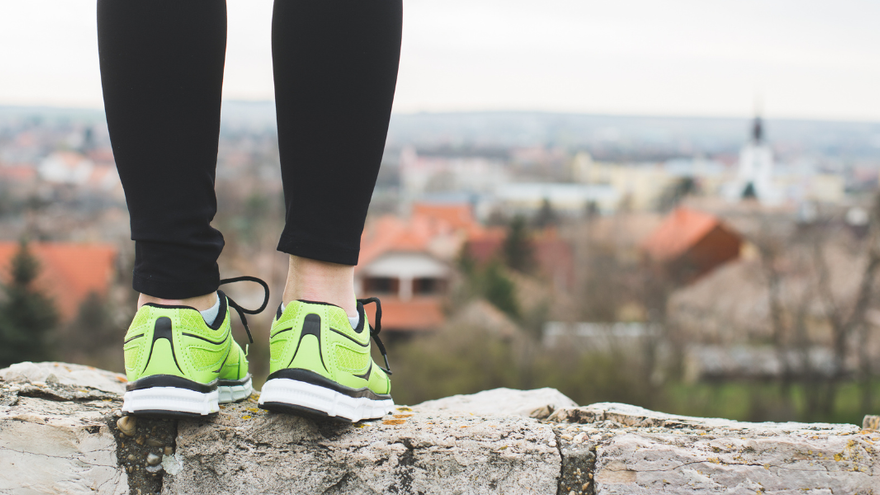
You’re not a fool, so you know that you don’t need anything special on your feet if you want to run. As kids we ran around barefoot, in school shoes, in wellies. We just ran, didn’t we? There’s no laws or local ordinances stating what we must wear on our feet. But again, you’re not a fool so you know that the right footwear might help your run be more comfortable. Which will then help you to run further, run faster, run for longer.
But hang on. Perhaps you’ve got an old pair of gym shoes in a bag or cupboard somewhere. Or trainers you turn to because they’re comfy for everyday life. Or the really cool ones you have because you like to have really cool trainers. Any of those will do, right? No. Probably not. If you run in the wrong shoes you may well hurt your feet. Or you could impact your legs, hips or the other parts of your body that contribute to running. And that’s going to hinder you from enjoying running. Or make you decide to quit.
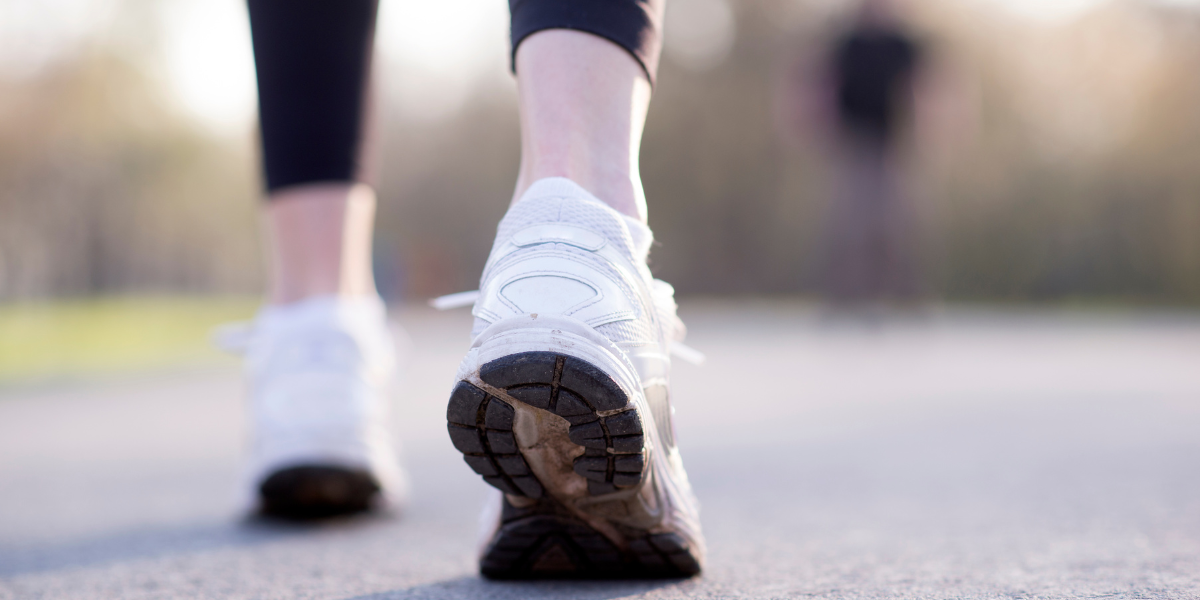
So. The right kicks, your daps, your trainers. With most things in life, you get what you pay for, and this holds true with running shoes. So if you’ve got £200 or £300 to spend on your footwear, then your feet are in for quite the treat. The best shoes, like the ones the athletes on TV wear, with the huge wedges of foam soles, these do really help you run faster and further. That’s why they’re so expensive. But a novice runner is likely to be wary of spending so much on running shoes; if you decide running isn’t your cup of tea then it’s been a waste of what little money that you probably haven’t got available to squander.
So, you need ‘proper’ running trainers. And you're not going to spend silly money. Fortunately, almost all of the running shoe manufacturers have perfectly solid, sensible ‘entry level’ running shoes. Though it’s not necessarily an easy task to navigate your way through the crazy amount of different shoes that are on offer. Manufacturers’ websites can be helpful here. They usually have some kind of ‘find the right shoes for you’ function, wherein they ask you what sport or activity you want to take part in and guide you through to suggesting the right shoes for you to consider. Then you can leave it to Dr Google to find the best price. Its a good idea to buy running shoes that are a half or full size bigger than your normal shoe size. Your feet flex more when running than when you’re walking.
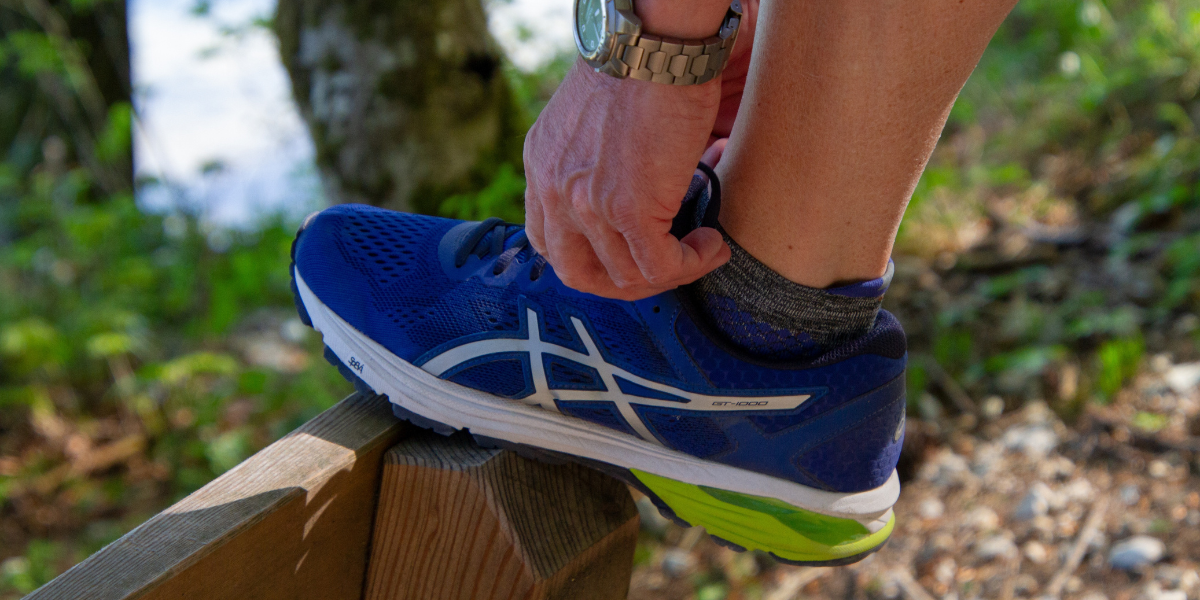
You don’t have to pay more than £50 to get running shoes that will be good enough for you to decide whether you like running or not. My first running shoes cost around £30. They were nothing special, but entirely adequate. But if you do decide to ‘go for it’, you’ll need to put a bit more thought into your shoes. Or alternatively, let someone else do the thinking for you. Most large towns (and some small ones) have specialist running shops. These can, to a novice, look a bit daunting.
Certainly some of the prices they charge for simple things, such as running socks, can seem daunting (but wearing the right socks for running is a story for another day). But, as I stated earlier, you get what you pay for, even when it comes to running socks. Anyway, there’s a magical two word phrase I'm working towards here - ‘gait analysis’. Go get your gait analysed. It might cost you £10 or £20, but it’s money well spent, and often that cost will be offset when you buy shoes from the running shop that have just analysed your gait.
Your ‘gait’ is the biomechanical specifics of how your legs and feet move when you run (or walk). I’m not a scientist, so apologies if my summation of gait analysis is a clumsy one. All of our bodies move slightly differently and the manner in which our feet strike the ground is the key to finding the right running shoes for you. A shop that offers gait analysis will normally plonk you on a treadmill for a few minutes and video your feet as you run.
Then they’ll watch the recording with you and analyze the way your feet hit the ground. Outer edge rolling inwards? That’s ‘overpronation’ Inner edges rolling outwards? ‘Underpronation’. Do your feet swing out horizontally and then back in as you run? Or do you lift and lower your feet more along a vertical axis. If you ever take time to observe the gait of casual runners or joggers, you’ll see a wide world of different styles.
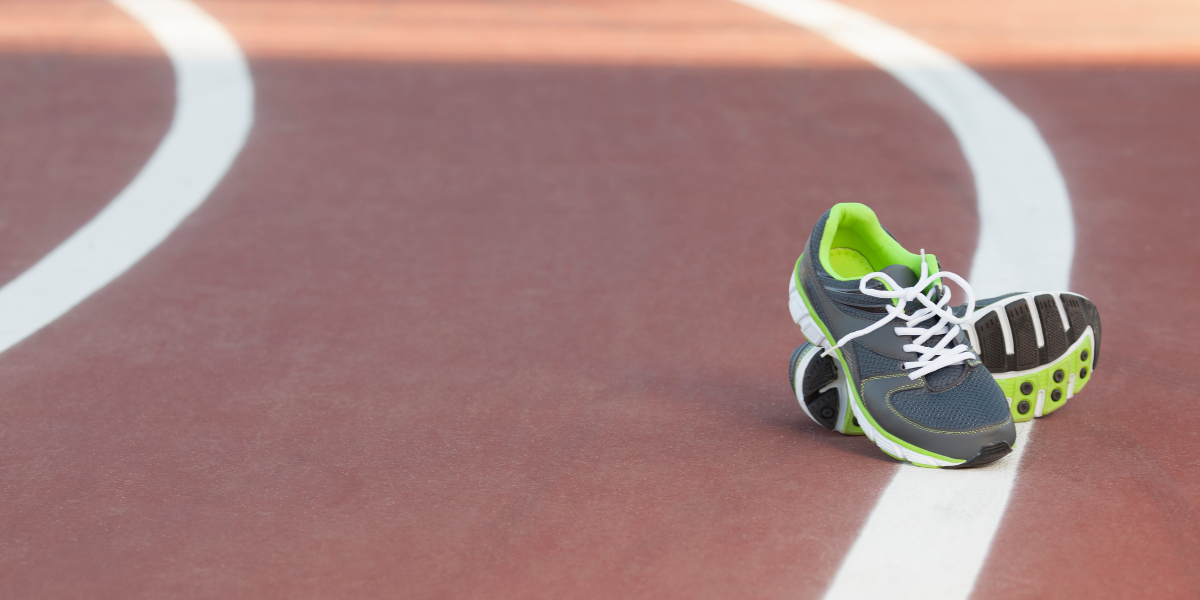
The answers to these questions influence which running shoes will be the best for you. My gait analysis showed me that I best suited neutral shoes, rather than the ‘stability’ running shoes that help runners whose feet roll inwards or outwards more markedly. So, I bought the shoes recommended to me, the price of the gait analysis was discounted/waived, and I came away with (not cheap but) the right shoes for me. I ran almost 400 miles in them before the support wore down. They’re now my gardening shoes.
I could have bought those same shoes for a little less had I shopped around online. But without the gait analysis I’d not have known if they were right for me. There's a thousand or more different running shoe varieties and dozens of brands, from the big hitters in the sports shoe world, down to quite obscure, hard to source brands. I'm not going to recommend any of them - go see the people at the running shop who know what they're doing. They won't sell you shoes that are bad for you.
Don't rely on what a friend wears or recommends. Remember, your feet are (almost) as unique as your fingerprints
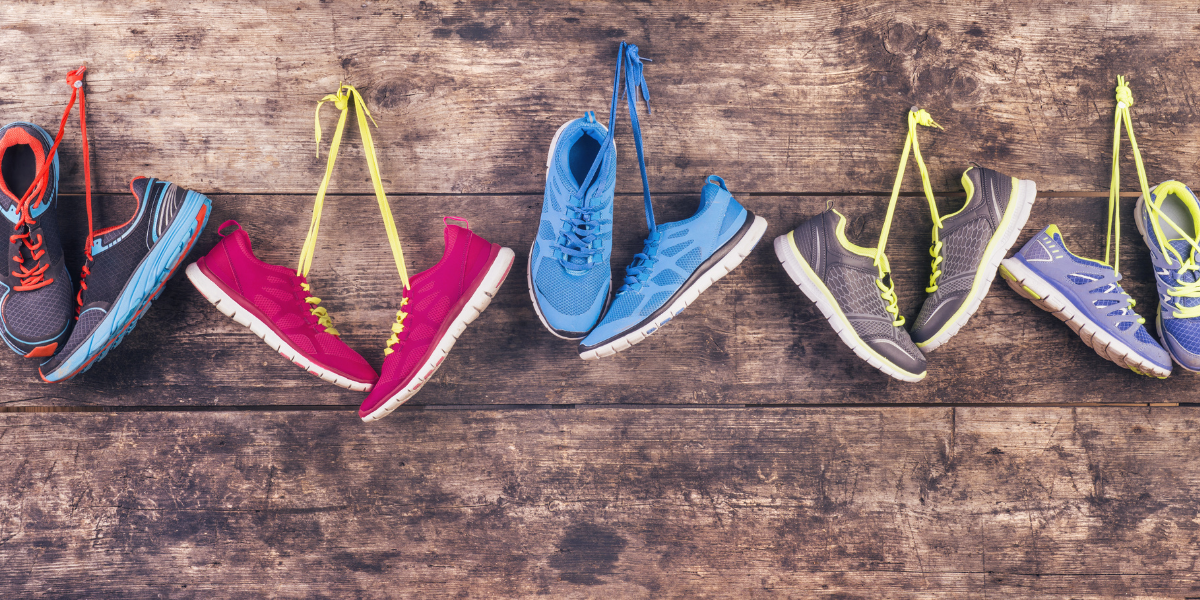

Reformed middle aged slob. Now a moderately obsessed road runner. Only recently accepting the obvious benefits of strength and flexibility training. Owns more trainers and running gear than he'll ever need. Often spotted along the highways and bye ways of South Leicestershire. Uncommonly tall.
Most recent articles in RUNNING

Why is diet such a contentious topic in ultrarunning and why do I call it a myth? These are the topics that I will discuss in this article.

In my last piece for Outside & Active, I talked about what I believed the worst mistake a runner could make is.

Brooks supports trail runners to defy limits and empower their trail runs with the new Cascadia 18. The adaptable Cascadia combines DNA Loft v2 cushioning with TrailTack Green grip and a durable upper mesh to handle all terrains, providing necessary comfort and underfoot security on each surface.